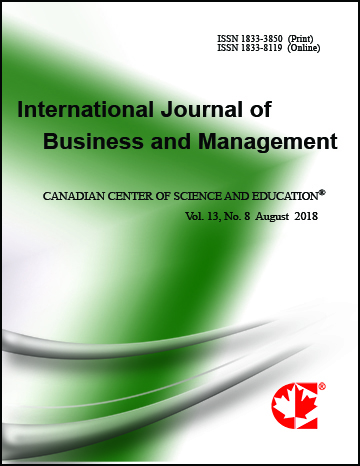Financial/ESG Sustainable Growth Theory and Practice
- Francesco Bellandi
- Claudio Chiacchierini
Abstract
Purpose: This article applies and early tests the Financial/Environments, Social, Governance (ESG) Sustainable Growth matrix theory.
Design/methodology/approach: A case study of Morgan Stanley Capital International ESG rated airlines.
Findings: It shows how the matrix integrates financial sustainable growth, ESG, Corporate Social Responsibility, sustainable development, and stakeholder theories into a practical application that generates analysis of impact and strategic options prescriptions.
Originality: This article illustrates the maximization of the allocation of societal surplus between shareholders and other stakeholders. It also constructs a proxy for ESG-sustainable growth rate, where no metrics still exist for this.
Research limitations/implications: By the integration of the above theories, sustainable development can change from an all-encompassing umbrella concept to doable courses of actions and measurable metrics.
Practical implications: The article shows the practical usefulness of the matrix for corporate strategists.
Social implications: Industrial economists can also use the matrix to compare industries about their capacity to generate financial and ESG sustainable growth and allocate societal surplus.
- Full Text:
 PDF
PDF
- DOI:10.5539/ijbm.v20n5p106
Journal Metrics
Index
- ACNP
- AIDEA list (Italian Academy of Business Administration)
- ANVUR (Italian National Agency for the Evaluation of Universities and Research Institutes)
- CNKI Scholar
- EBSCOhost
- EconPapers
- Electronic Journals Library
- Elektronische Zeitschriftenbibliothek (EZB)
- Excellence in Research for Australia (ERA)
- Genamics JournalSeek
- IBZ Online
- IDEAS
- iDiscover
- JournalTOCs
- Library and Archives Canada
- LOCKSS
- MIAR
- National Library of Australia
- Norwegian Centre for Research Data (NSD)
- PKP Open Archives Harvester
- Publons
- Qualis/CAPES
- RePEc
- ROAD
- Scilit
- SHERPA/RoMEO
- WorldCat
- ZBW-German National Library of Economics
Contact
- Stephen LeeEditorial Assistant
- ijbm@ccsenet.org
